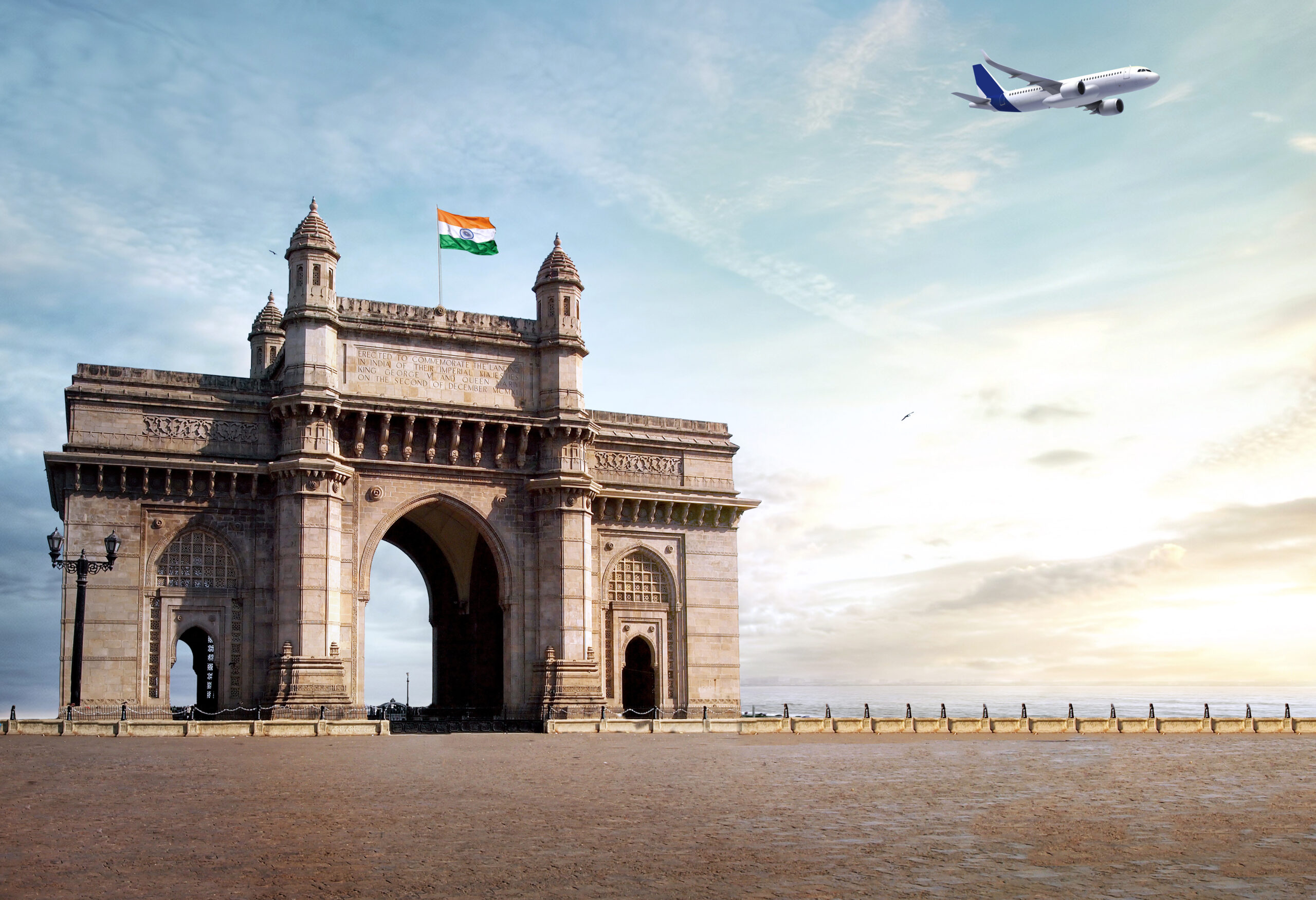THE PRIDE OF INDIA Part-11

With its stunning architecture, historical monuments, and spiritual sites, India is a popular destination for tourists and history enthusiasts. In this article, we’ll explore some of the top destinations in India with historical significance that will leave you amazed
GATEWAY OF INDIA:

This magnificent historical monument stands tall and proud, right at the edge of the Arabian Sea, and is a symbol of India’s rich cultural heritage. The Gateway of India is a prime tourist attraction and an iconic landmark that witnesses thousands of eager visitors every day.
It was built in 1924 to commemorate the visit of King George V and Queen Mary to Mumbai and was the first thing they saw when they arrived in the city. It is also known for being the spot where British soldiers marched out of India, marking the end of British rule in 1948. The architecture of Gateway of India is remarkable. It boasts of Hindu and Muslim architectural styles, which blend in beautifully with each other. The grand archway is a mixture of Islamic and Renaissance styles, and the pillars are built in the classic Hindu style. The Gateway of India stands tall as a perfect example of India’s diverse culture and architecture.
The Gateway of India offers an excellent view of the Arabian Sea. You can take a boat ride to the
nearby Elephanta Caves, or simply sit back and enjoy the stunning view of the sea. The Gateway of India is surrounded by many other historical monuments and museums, making it a perfect spot for tourists.
GOLDEN TEMPLE:

This iconic temple in Amritsar is a significant spiritual center, attracting millions of visitors every year, making it one of the most visited tourist destinations in the country.
The Golden Temple is also known as Harmandir Sahib, which means “the abode of God.” The temple amazes visitors with its stunning architecture, shimmering golden dome, and sacred lake that surrounds the temple. You cannot miss the peaceful ambience that surrounds the temple. It represents the unity of different communities and religions, as people of any faith are welcome to visit and explore the temple’s beauty.
Visitors can take a stroll around the temple complex, savouring the mouth-watering dishes served at the langar, the community kitchen where everyone is given free food, irrespective of their religion. Don’t miss the opportunity to participate in the seva (voluntary service) that involves helping prepare meals, clean, or serve food to devotees.
HUMAYUNs TOMB:

Located in the heart of the city, this beautiful structure is a masterpiece of Mughal architecture and one of the most photographed monuments in India. It is the first
garden tomb on the Indian subcontinent and was built in 1569 AD by Emperor Humayun’s widow, Hamida Banu Begum. The tomb is also the final resting place of several members of the royal family.
Apart from its historical significance, Humayun’s Tomb is a magnificent sight to behold. The red sandstone and white marble structure is adorned with intricate carvings, and the symmetrical gardens surrounding the tomb are a perfect example of the Mughal style of landscaping.
Visitors to Humayun’s Tomb can also explore the numerous other tombs and monuments in the complex, including the tombs of Isa Khan Niazi, Bu Halima, and Barber’s Tomb. The complex also houses a small museum that showcases Mughal artefacts and excavated objects